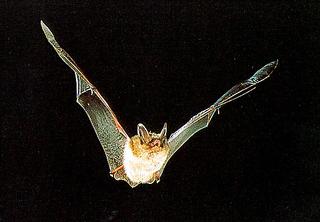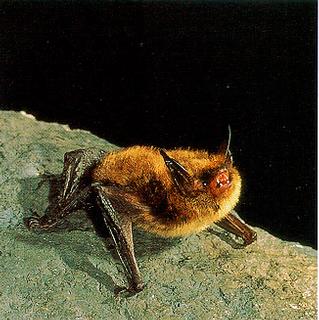Wytheville Community College
Wytheville, Virginia 24382
 © Copyright The Smithsonian Book of North American Mammals, edited by Don E. Wilson & Sue Ruff, 1999. All rights reserved. Myotis septentrionalis -- Northern Long-eared Bat |
| Myotis septentrionalis (Trouessart) |
 © Copyright The Smithsonian Book of North American Mammals, edited by Don E. Wilson & Sue Ruff, 1999. All rights reserved. Myotis septentrionalis -- Northern Long-eared Bat |
| Discover Life | All Living Things | IDnature guides | Mammalia | Vespertilionidae | Myotis | septentrionalis |
| Index |
 © Copyright The Smithsonian Book of North American Mammals, edited by Don E. Wilson & Sue Ruff, 1999. All rights reserved. Myotis septentrionalis -- Northern Long-eared Bat |
| Index |
| Taxonomic Category | Scientific Name | Common Name |
| Phylum | Chordata | Chordates |
| Class | Mammalia | Mammals |
| Order | Chiroptera | Bats |
| Family | Vespertilionidae | Evening Bats |
| Subfamily | Vespertilioninae | Bats |
| Index |
| Index |
| Index |
| Index |
| Index |
| Index |
| Index |
| Discover Life | All Living Things | IDnature guides | Mammalia | Vespertilionidae | Myotis | septentrionalis |